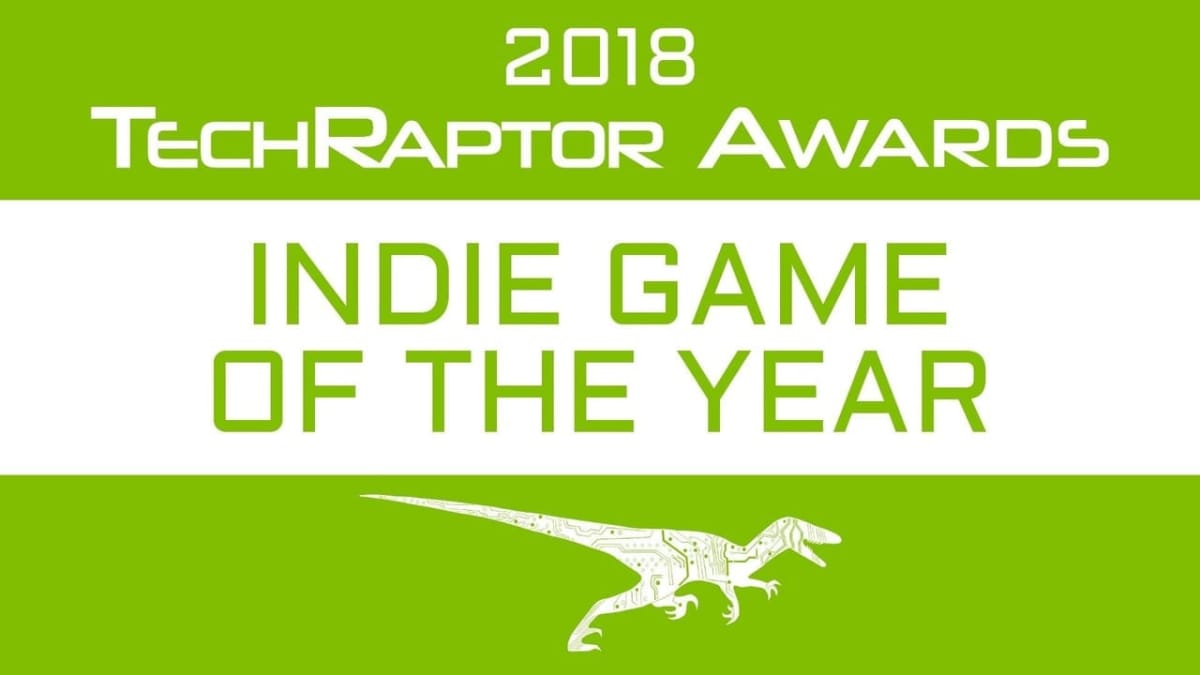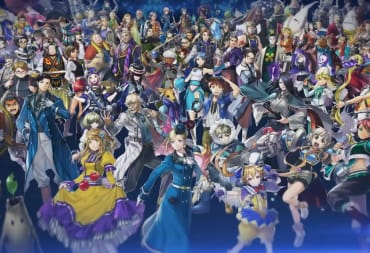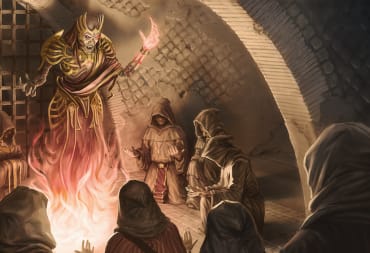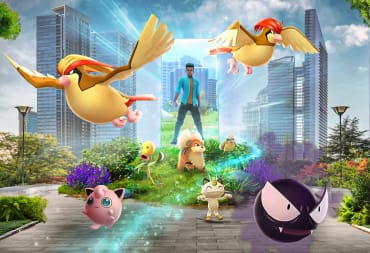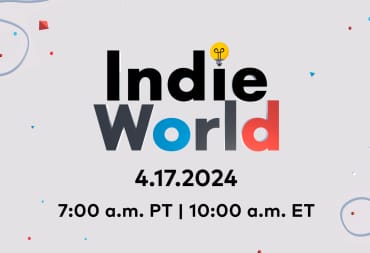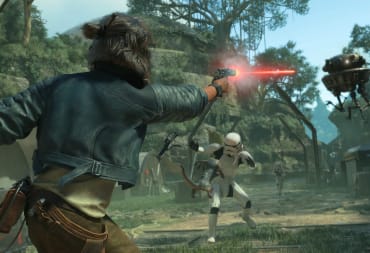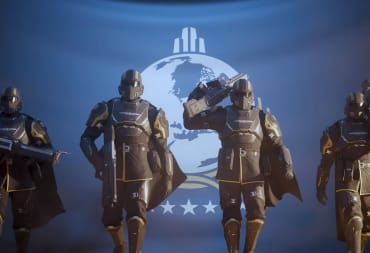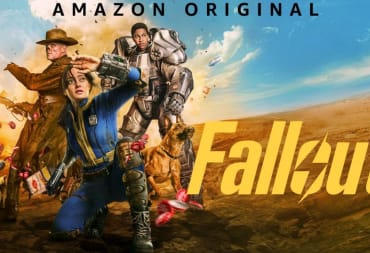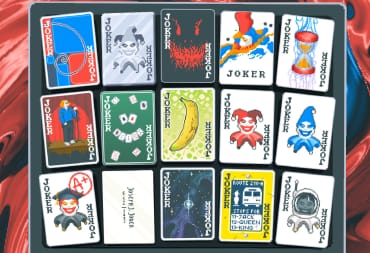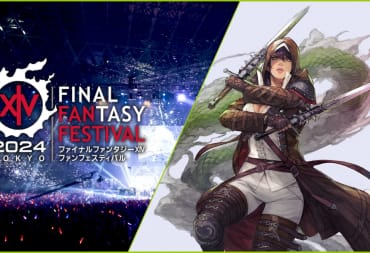While AAA products exist to wow us with their set pieces, high fidelity, and crazy levels of polish, indie games do whatever they want. Some of the best gaming moments of the year come from the below nominees, and often some of the most experimental gameplays and game design come from indie games.
Innovation happens at all levels of game development, but indie games definitely have the most wholly unique games among them. It's also where niche genres thrive. Here's to celebrating some of 2018's best.
Here's the list of nominees (and here's the list of nominees for all categories):
- The Banner Saga 3 (Our Review)
- Celeste
- Dead Cells (Our Review)
- Frostpunk (Our Review)
- Into the Breach
- Lamplight City (Our Review)
- The Messenger (Our Review)
- Moonlighter (Our Review)
- Return of the Obra Dinn (Our Review)
- Yoku’s Island Express (Our Review)
Here’s what you, the readers, chose as the winner of the Indie Game of the Year Award for outstanding creative and technical design from outside a large studio. Our top five follows after.
Readers' Choice - Celeste
There's always one or two games that are called indie darlings every year, and Celeste definitely earned that title. Its fresh gameplay, with just the right amount of challenge, scratched the itch of platformer fans with its unique mechanics. It's the complete package as well, with a great story that really makes you invested in the game's protagonist, Madeline, and a soundtrack that ties it all together.
Can't ask for much more than that.
Fifth Place - Celeste
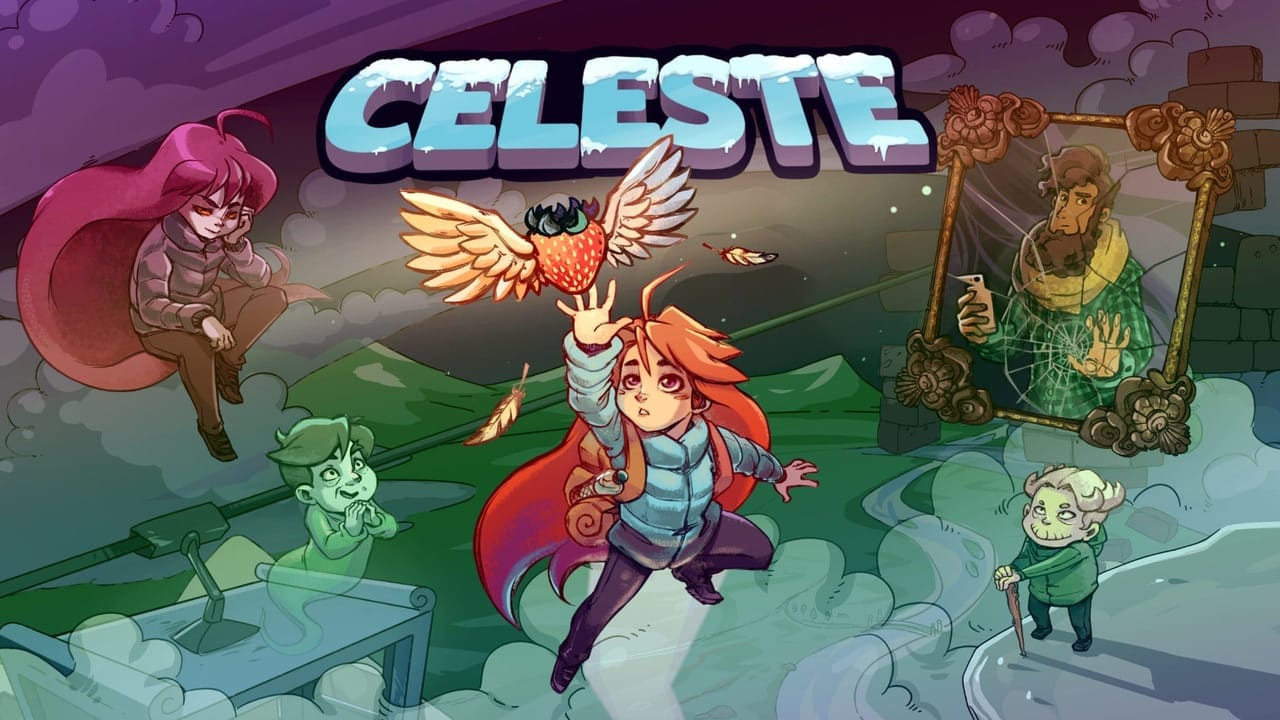
By Robert Scarpinito
Celeste might be one of the hardest games of 2018. The tight platforming leaves little room for error, and the death count per level seemingly makes a mockery of the player. Going above and beyond expectations rewards you with even harder stages to run. The trek continues in 2019, as developers Matt Thorson and Noel Berry will celebrate 500,000 sold copies with new “very hard” levels. On paper, Celeste should single-handedly be responsible for thousands of controllers smashed out of frustration.
However, there are so many other factors that contribute to the indie darling’s success. Every death brings you closer to understanding the simple mechanics behind Celeste. Reaching the end of the journey requires you to grit your teeth and push forward, no matter how many times you fail. Thorson and Berry have captured the essence of a relentlessly catchy ‘90s pop song: “I get knocked down, but I get up again.” The daunting difficulty of climbing Celeste Mountain is meant to knock players down, metaphorically reflecting real-world hardships. At every turn, the game dares you to stop playing because it’s the easy way out.
Admittedly, playing a difficult game lacks some of the universal appeal of other indies that came out this year. Nevertheless, Celeste’s overarching narrative involving mental health shines bright, providing a powerful motivator to finish the game, despite the difficulty. Thorson and Berry depict anxiety and depression in a satisfying and respectful way. The story frames the game in a new light, allowing players to sympathize and even empathize with the protagonist, Madeline. These thematic elements propel Celeste beyond being another difficult platformer to triumph. It’s an indie darling that transcends gaming, serving as an experience to encourage people to conquer obstacles in their lives.
Fourth Place - Into the Breach
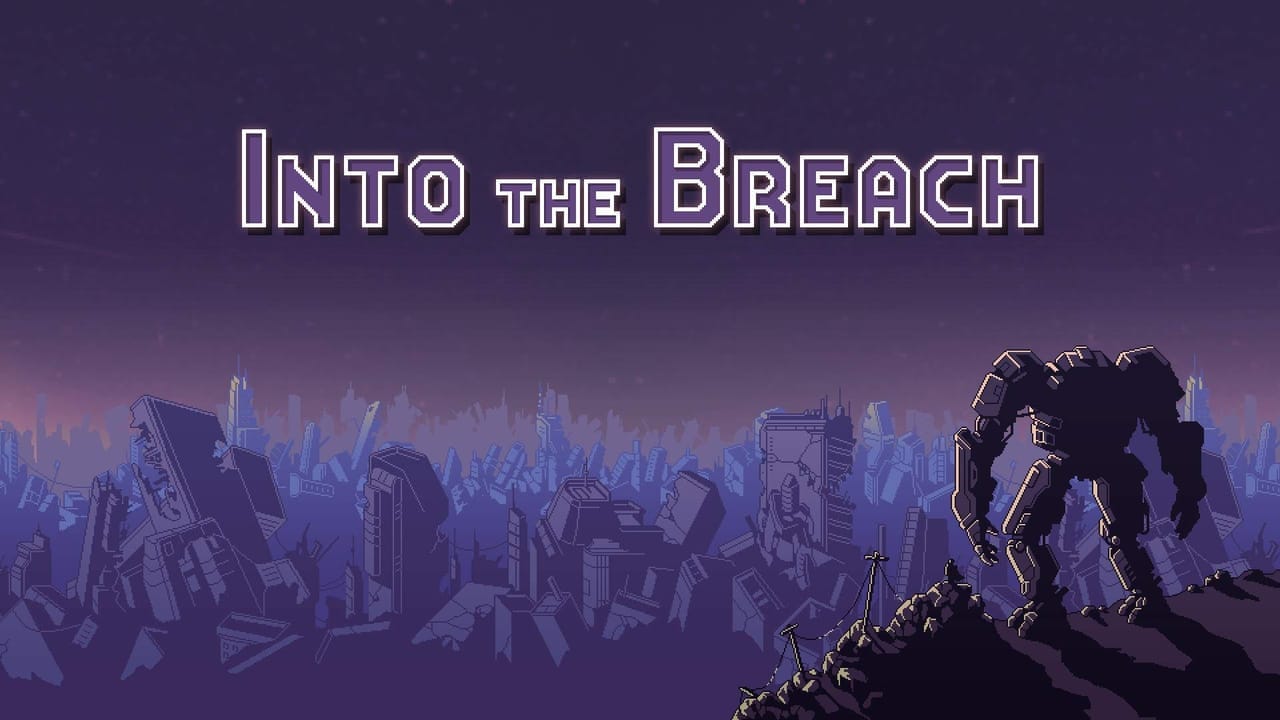
By Austin Suther
Into the Breach is one of the most unique titles to come out this year. The monster versus giant mech concept is not new by any means, but it’s how Subset Games defied genre conventions that made Into the Breach a near perfect title.
The game is equal parts a strategy and puzzle game. It is turn-based and requires clever thinking and management of units. At first glance, the puzzle aspect might not be clear, but it’s truly remarkable to see how the game works out once all the pieces fall into place. Because the game is turn-based, enemy units’ attack ranges are shown before a game begins. By using your arsenal of three mechs, you can kill these creatures (called Vek) outright if you have enough damage. The smarter option is to manipulate the aliens by pushing and dragging them in a way that either makes their attack hit nothing, or have the aliens hit each other.
Normally, these aliens attack cities throughout the 8x8—each city representing part of a power grid. Once that power grid drops, you’re done. The emphasis on gameplay becomes more on protecting these cities rather than your mechs, although if you become to reckless, you’ll find yourself in deep trouble later in the game as you explore Into the Breach’s different maps.
Maps are procedurally-generated, so it feels like a relatively new experience every time. On top of that, there’s different mech teams you can unlock and mix and match. You unlock mechs by completing achievements and spending points to gain access to them. This incentivizes playing different teams and doing unique objectives to unlock new mechs. There’s even different pilots with unique abilities that you can earn, adding even more to the deep strategy layer. Into the Breach feels fresh, completely original, and most of all, it’s a blast to play.
Third Place - Moonlighter
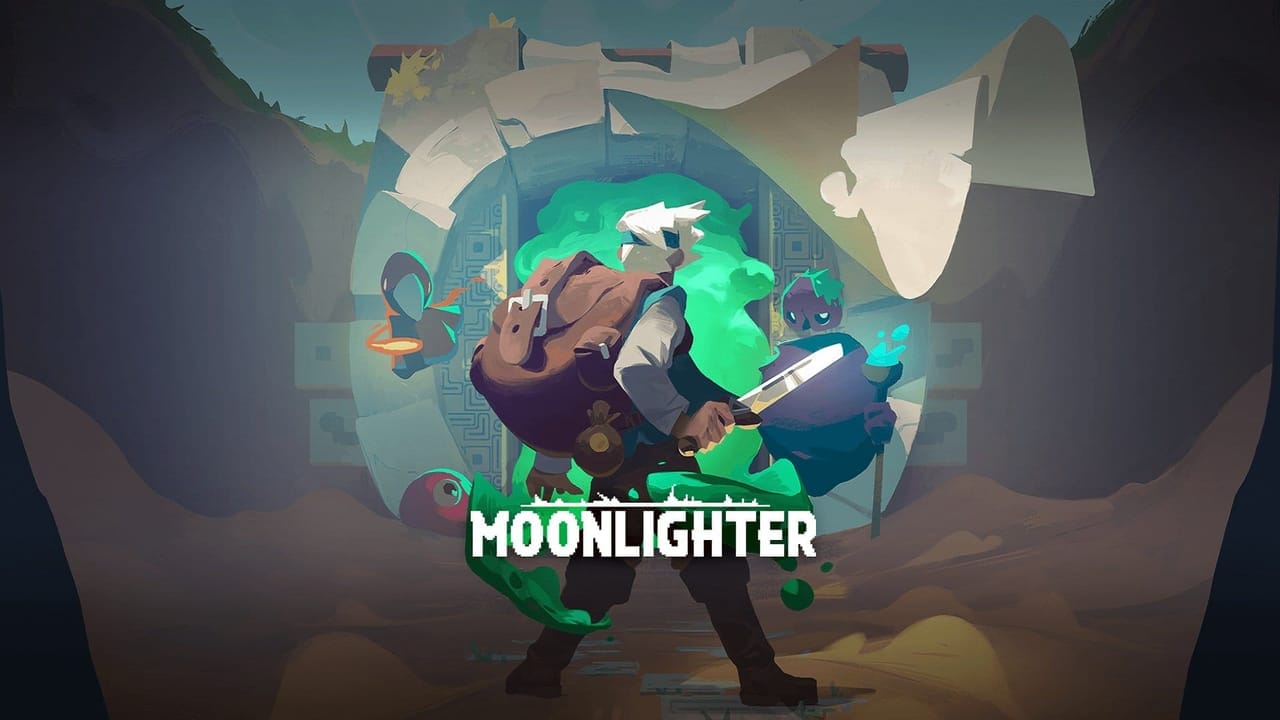
By Alex Santa Maria
The first effort from Digital Sun Studios, Moonlighter impresses from the first frame. Its unique mix of shopkeeping and dungeon crawling creates a perfect cycle that absorbs you for its entire runtime. However, although it has roguelike trappings, this is no endless journey. It has a solid story that runs its course and lets players experience everything the game has to offer.
After all, randomization can equally help or hurt a gameplay experience. Without a solid foundation, it can overtake any design, creating a scattershot mess that no one remembers. With that foundation, it can complement and enhance, creating a replayable gem. Moonlighter uses very light randomization, but it uses it very well. On top of a solid base of storytelling, memorable music, and a 16-bit presentation, the game more than achieves its spot in our Indie Game of the Year.
Even after our review, Digital Sun has been hard at work on patches the entire year. They added holiday themed overlays to the world, a New Game + mode with additional weapons to discover, and new rooms to spawn in the dungeons. There are still several updates to go, meaning that you can go back to Rynoka later this year for a completely different experience. I might just have to do that myself.
Second Place - Return of the Obra Dinn
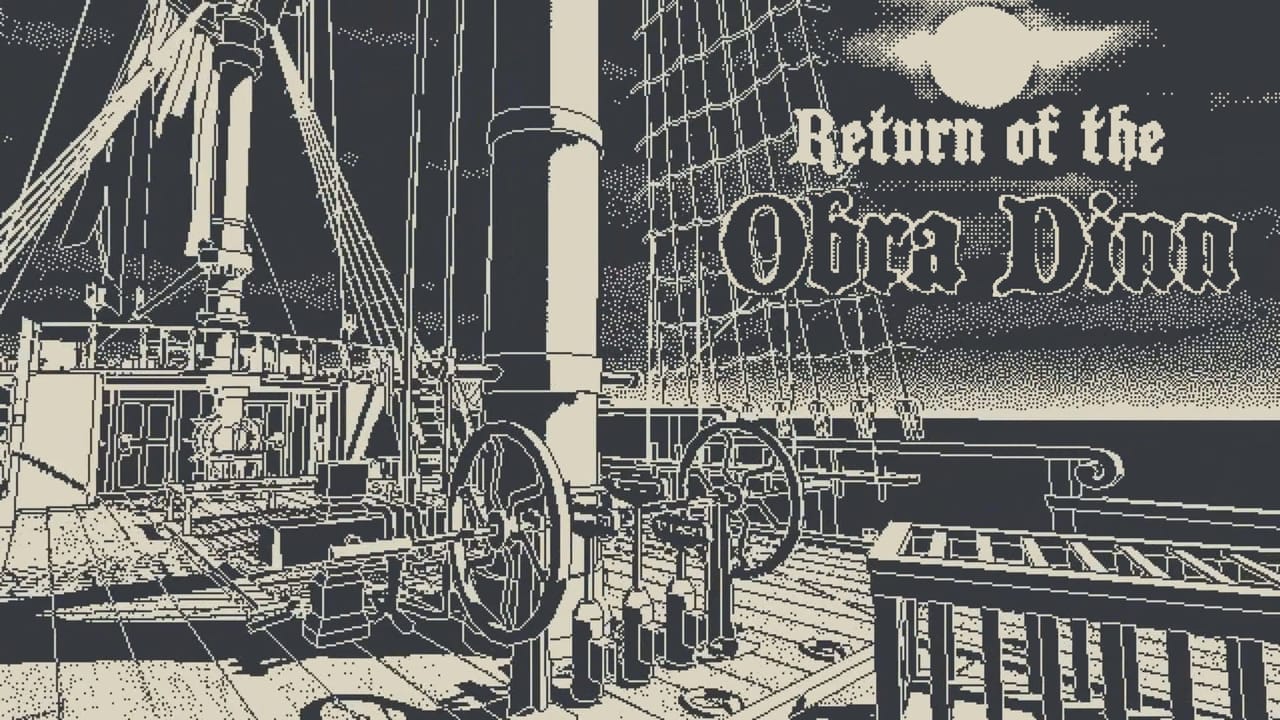
By Richard Costa
In my glowing review of Return of the Obra Dinn, I went into great detail on why I believe it is a 10/10 game—a Classic. My reasons to choose it as Indie Game of the Year aren't much different, but I'd like to emphasize how this is the work of a single individual who chiseled every tiny detail in graphics, design, writing, soundtrack, and gameplay. The vast majority of indie games are the work of a small team, usually with some contractors on the side.
Apart from localization and voice acting, Lucas Pope has done everything himself, and all with the utmost excellence and precision. This dedication and versatility definitely show in the final product, and Return of the Obra Dinn stands out as a superbly crafted indie game with a unique aesthetic and a highly cerebral puzzle gameplay. It may not be to everyone's taste, but few can deny its craftsmanship and the ingenuity of its developer.
Winner - Dead Cells
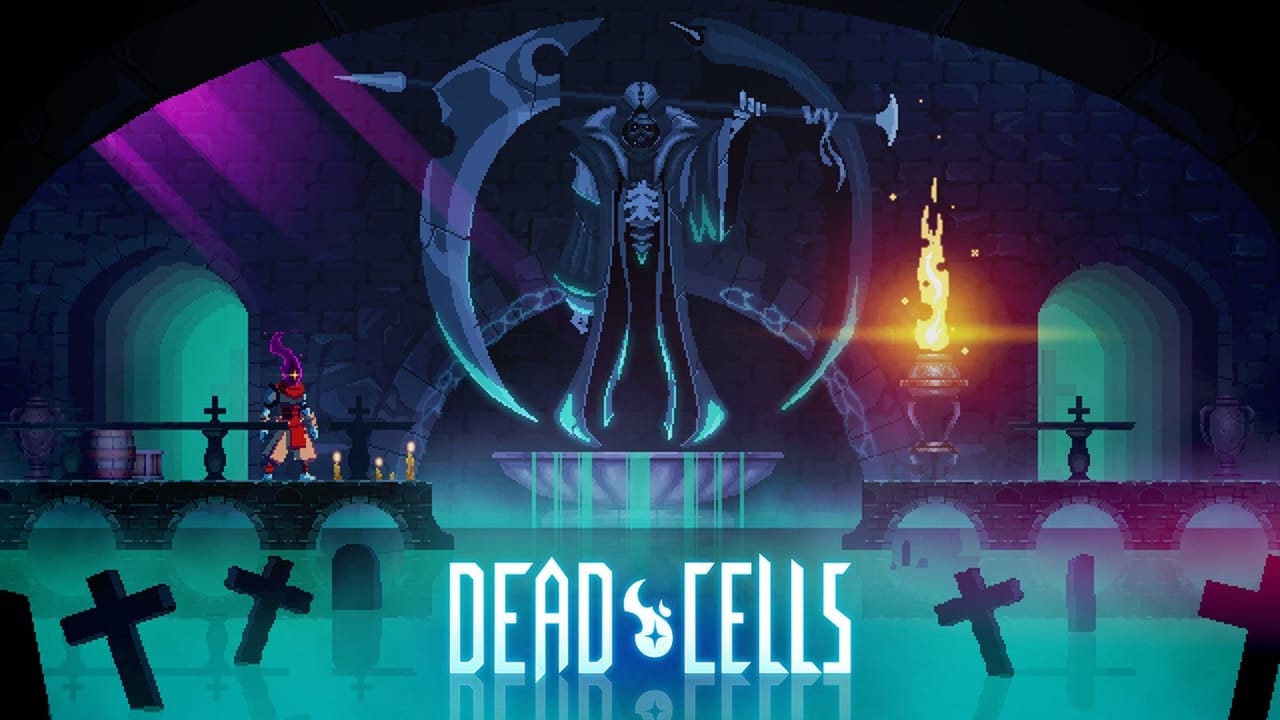
By Robert Scarpinito
Roguelites and metroidvanias have permeated the indie game market for years, and only the most exceptional ones are noticed. This year, Dead Cells made its mark as one of the best indie games of the year. It stands head and shoulders taller than the rest, except this head is made of nondescript, supernatural biomass. French developer Motion Twin polished its side-scrolling action brawler to a perfect sheen. No section of the game feels wasted, with every mechanic meaningfully serving a higher purpose: providing a holistic, addicting experience.
Because of the procedurally-generated nature of the levels, there is a lot of travel featuring dead ends with some loot. However, the speedy movement and generous teleporter placement in Dead Cells alleviates any exploration frustrations. It’s a tough action game, but its locomotion and tight controls gives you the right tools to survive almost any encounter. It’s the kind of movement that accomplishes its goal so well that it doesn’t get in the way, easing players into a sense of flow.
Despite the hectic nature of the combat, there’s an odd zen-like state you’ll reach after a couple hours into Dead Cells. It’s difficult at first, but because it’s a roguelite, you’ll play through the early sections dozens of times. You’ll learn the enemies’ patterns inside and out. Dodging and punishing foes will become second nature, all while preparing you for the tougher baddies ahead. Every run teaches you to be better, even when you have awful luck with weapon drops.
But what happens when you’re on a run with some good weapons and you’re on fire? It’s a feeling that can’t be paralleled. Dead Cells has a vast inventory of weapons and abilities that lead to destructive synergies. The high of using a sword that does double damage to poisoned targets while wearing an amulet that poisons nearby enemies is intrinsically satisfying. The game is full of deadly combinations, leading to snap decisions about what loot to pick up and what to leave behind.
Dead Cells is a consistently engaging indie game. Every run is a relentless struggle finding the victorious bread-and-butter loot combo, or at least the closest you can get.
The game is full of tense but gratifying situations, constantly rewarding your perseverance and skill. You’ll start from the beginning pretty often, but it’s never a hassle. Death is always followed by the “just one more run” mentality, creating a gameplay loop that’s hard to stop. It’s frighteningly addictive. Dead Cells is built to be exceedingly fun while constantly challenge you to be better, all while earning the title of Indie Game of the Year.
Have a tip, or want to point out something we missed? Leave a Comment or e-mail us at tips@techraptor.net
